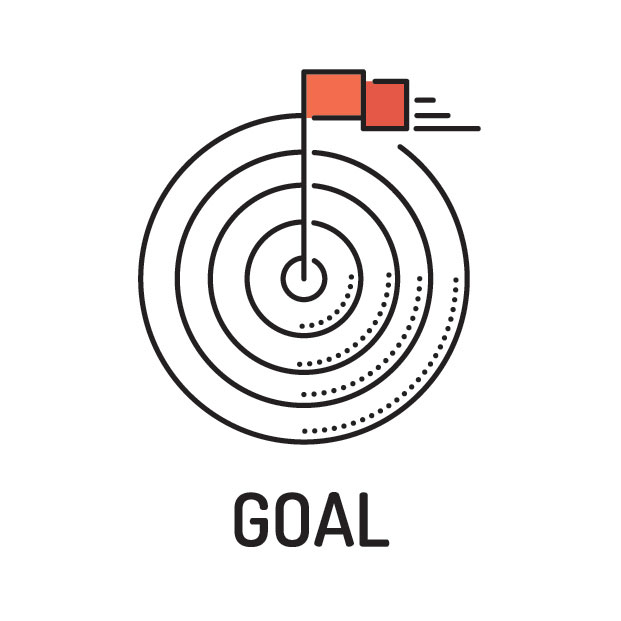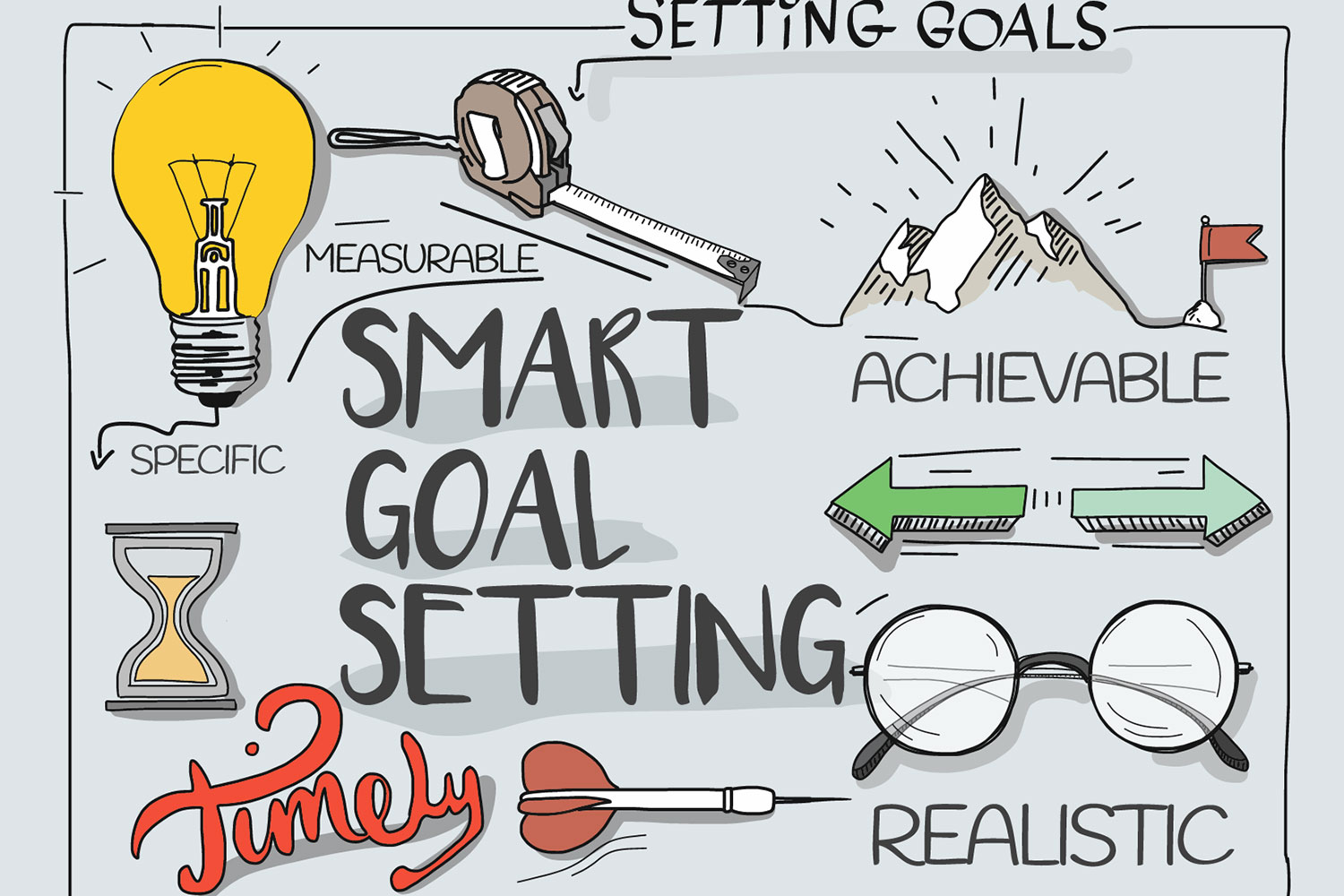You may have heard the old adage “failing to plan is planning to fail.” I would surely not be able to hike Mt. McKinley tomorrow, but I might in six months fastidiously following a clear-cut approach. Many people seeking to improve their health or fitness levels either choose a target that’s out of reach or don’t support their target with a concrete plan to get there.
Using a method to set impactful goals can steer you toward success. Creating meaningful goals that are clear and matter can help you stay motivated. Together with a defined action plan you have a winning combination!

SMART is a mnemonic to remember the criteria for setting goals that are focused and increase the chance of achieving the desired outcome or result. Its origins may have been in business management, but SMART goal planning is often applied to fitness in present day. The acronym can be interpreted to mean:
Specific
Clear and easy to understand. May include What, Where, How, and When for action.
For example: “Make dinner on Monday, Wednesday and Friday, packing leftovers for lunch Tuesday and Thursday” instead of “Cook at home more often and take meals for work sometimes”
Measurable
Includes a quantifiable measure you can track – a number that can be evaluated.
For example: “Limit fried foods to 3 times a week and soft drinks twice” instead of “Eat less junk food and drink less soda”
Attainable
Should be a stretch, but still within reach. Consider your current finances, time and other constraints.
For example: “Lose 5 pounds in two months with new diet/exercise plan” instead of “Drop 10 pounds in two weeks by only drinking low calorie shakes”
Relevant
Applies to the outcome, matches your needs, and is important to what you want to achieve. Should also be within your responsibility.
For example: “Attain skills needed for ___ position before season starts” instead of “Play ___ position next season” since that is the Coach’s decision.
Time-based
Establish the duration so you have an end-point to evaluate progress and effectiveness.
For example: “Avoid screens after 8PM for one month” instead of “Avoid screens at night”
Start by developing a statement of your own for a desired outcome, then work through SMART planning to create at least 3-4 action-based goals to support it. They may be small and build on each other step-wise. Repeated efforts and continued fine-tuning of goals will lead to desired change over time. Be SMART and actively reach for your goals!
Resources:
- Author American Council on Exercise Contributor Read More Less, American Council on Exercise. “SMART Goal Setting Guide.” SMART Goal Setting | A Guide to Fitness Goals | ACE Blog, 1 Nov. 2013, www.acefitness.org/education-and-resources/lifestyle/blog/6763/smart-goal-setting-guide.
- “S.M.A.R.T. Goals.” Myacsmprep, 8 June 2011, myacsmprep.wordpress.com/2011/06/08/s-m-a-r-t-goals/.









